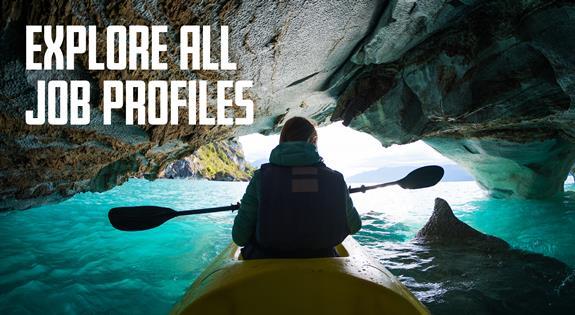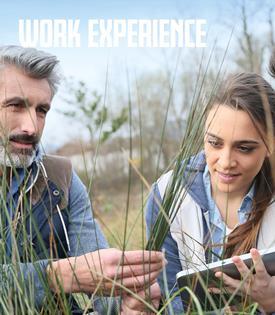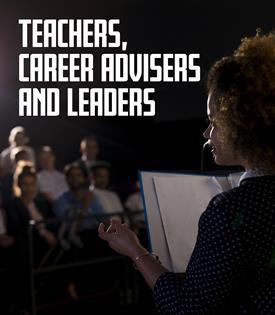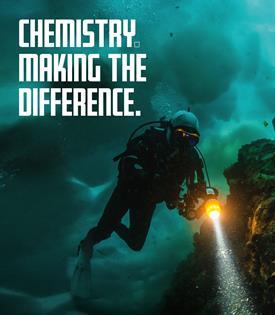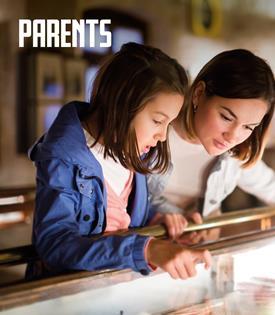Emma communicates science to the public by sourcing or commissioning accurate and engaging photographs, illustrations and videos for scientific magazines, books, websites and journals
What is a Senior picture editor?
My role involves sourcing pictures and illustrations, as well as commissioning photography and videography. It’s my job to make sure assets are managed effectively and the relevant permissions and licences are purchased too. I’m also responsible for managing the images team, working closely with the other picture editor and coordinating freelance picture researchers (plus other external suppliers) to ensure we provide an efficient, professional image service.
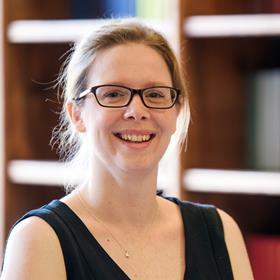
What do you do in your job?
No two days are the same. Typically, I’ll be sourcing pictures for scientific articles that are being published in one of our magazines or looking for a dynamic image for a book cover. We work quite closely with our team of designers to help find scientifically accurate imagery for promotional marketing materials, as well as support other internal departments that require images or videos for online educational resources. More recently I’ve been involved in commissioning photographers and videographers for projects that require professional pictures and/or filming needed for promotional materials. This ranges from taking pictures of historical buildings, laboratory visits to environmental portraits or filming practical experiments, interviewing high-profile people or capturing our events.
What do you enjoy most about your job?
It’s exhilarating to know that up to 50,000 people may have read a magazine I’ve helped produce and are admiring some of the artwork and images used. It’s nice to think that an illustration might help someone understand the science more easily or perhaps a photograph has stopped someone in their tracks and made them want to find out more by reading the article. I like to think that me and my team are advancing the chemical sciences in our own way, even if it’s just through eyecatching and thought-provoking imagery – as they say, a picture paints a thousand words.
What attracted you to becoming a picture editor?
I’ve always been quite creative and enjoy working with charcoal and acrylics in my spare time. This job was a fantastic opportunity for me to combine my scientific knowledge with my creativity and see it as a clever way of communicating science to any audience in an attractive and engaging way.
How did you get into your job?
Throughout my childhood I dreamed of becoming a vet, so when it came to choosing my A-levels, picking all three sciences was an easy decision. Veterinary medicine was highly competitive at the time and a back-up plan was needed, so I chose to study chemistry at university as I thought the career prospects were just as good. Here, I discovered a real passion for practical chemistry and, not wanting to hang up my lab coat after my first degree, I decided to continue into postgraduate research and studied lanthanide coordination chemistry at the University of Manchester. Once qualified, I decided to venture into the world of chemistry publishing and started working at the Royal Society of Chemistry. Here I worked on the general chemistry journals, handling submissions, sending papers for peer review and commissioning new articles and helping to launch a new journal. Then an opportunity arose in the production services department, where I joined the team as a picture eEditor, sourcing pictures and illustrations for magazines, books and other promotional materials. Since then, I have been promoted to senior picture editor, which comes with management responsibilities and I’m more involved in commissioning and directing photo and video shoots.

What are the opportunities for career progression?
This role provides an excellent insight into picture research and the legalities associated with image licensing and copyright. It’s ideal for anyone with an interest in science communication, scientific journalism, graphic design, photography and videography. It also provides hands-on experience with multimedia assets and content management systems, and could lead into freelancing and art directing.
What advice would you give for people wishing to enter your career area?
Brush up on picture licensing and copyright laws – there are many courses available ranging from an intensive one-day course to university degrees that incorporate a picture researching element. It’s a good idea to keep up to date on current magazine trends and styles – I can’t help but look at images, photography styles and illustrations used in other magazines (and not just scientific magazines either!) and promotional materials. Show willingness and enthusiasm by attending local and national art exhibitions – it’s a great way to stay ahead of the game and generate fresh ideas.
First published 2015
